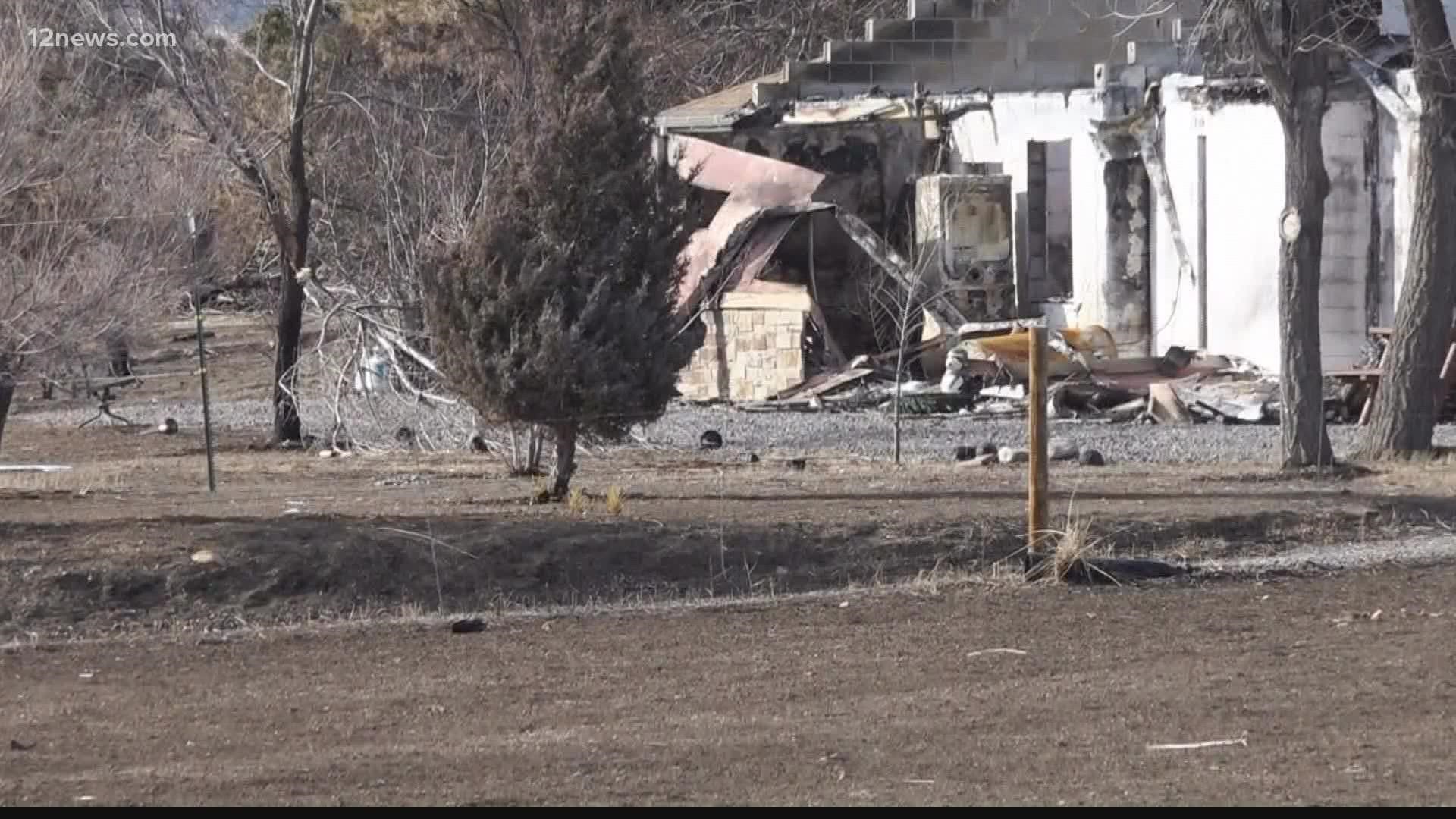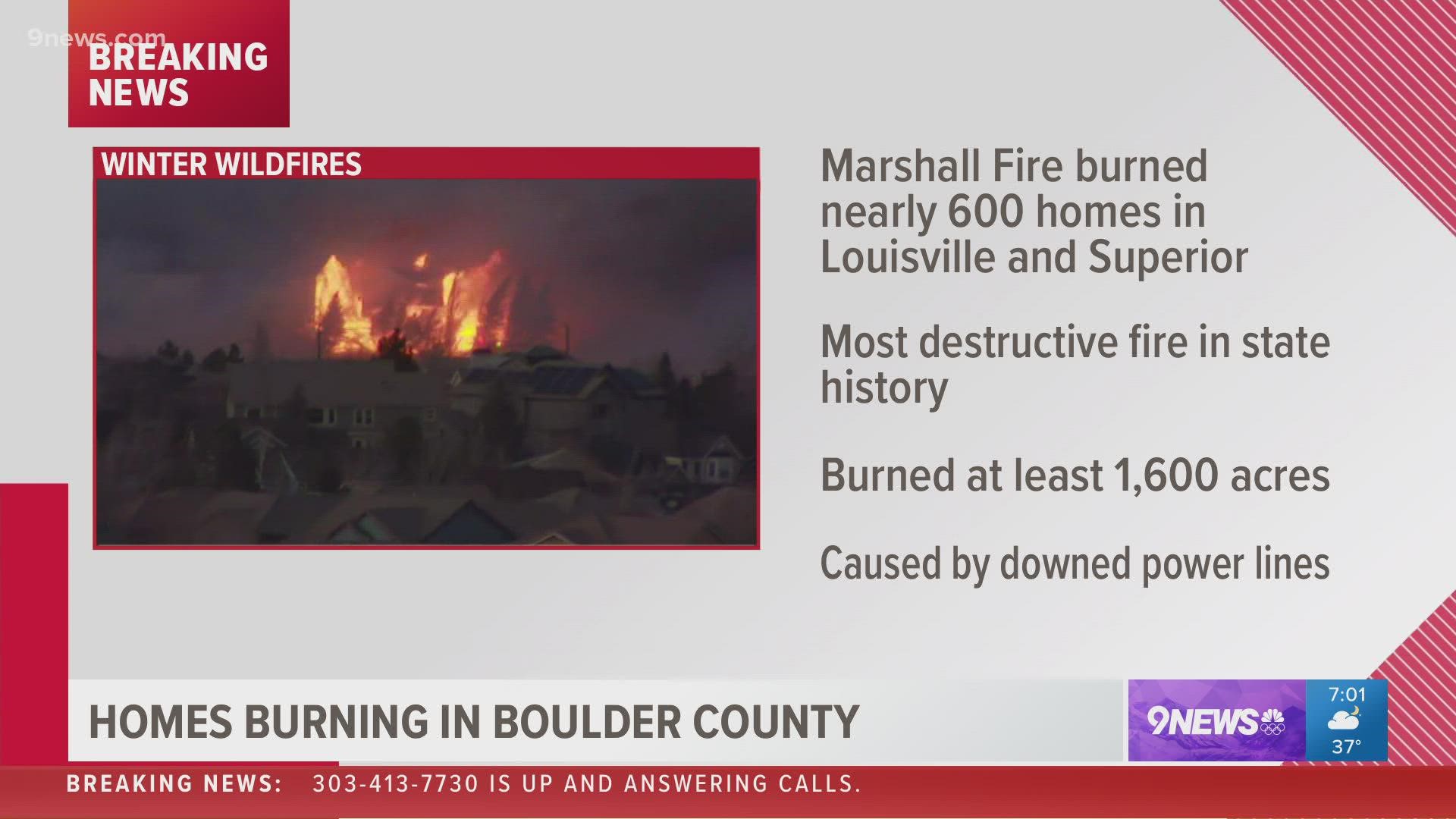DENVER — In about a year, you'll be drinking Denver's snow.
The majority of Arizona's water comes from the snowfall in the Colorado Rockies. But, Colorado isn't getting enough snow to snap the Southwest out of the record-breaking drought that's now lasted 20 years.
12 News traveled to Colorado to see where our water comes from and how the snow in two states away can impact Arizona's water.
Before Arizona canals come Colorado mountains
If hikers choose to ascend 11,500 feet in the freezing air and trek a quarter-mile into the cold Colorado forest, they'll be greeted by an array of antennas and strangely-shaped instruments.
The site, called SnoTel, is a snow-monitoring center stationed at Berthoud Pass surrounded by the Continental Divide. The center gives hourly updates on weather and snow levels across the Rocky Mountains, even down to Arizona.

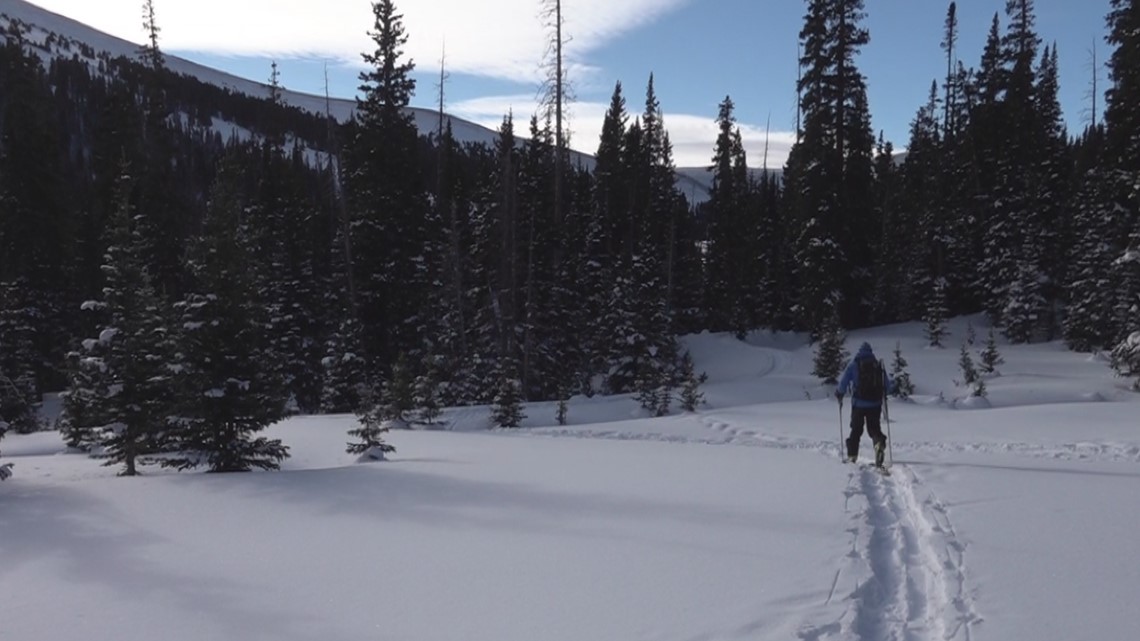
The antennas and instruments at the center take numerous readings, including measuring frost levels, the temperature at different levels of the snowpack and everything researchers might need to know.
"The amount of water that's in the snow, we know how good or bad it is or, more simply, how it compares to last year or all the other years," said Brian Domonkos with the Colorado Snow Survey.
The readings date back to the early part of the 20th century, long before SnoTel sites existed. But the measurements were still done at the same places using something called the Federal Standard.
The Federal Standard is a hollow pole in sections that's been unchanged for 100 years. Because it hasn't changed, it can still be compared to the results from the early 1900s.

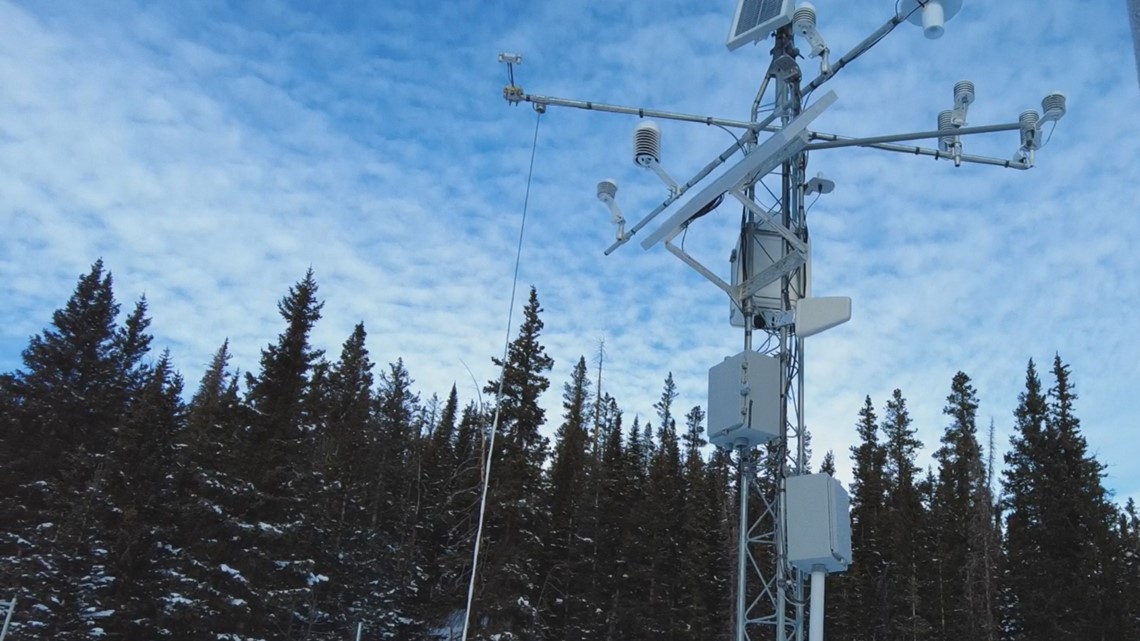
Domonkos put together the Federal Standard pole and plunged it into the snow within sight of the SnoTel site. He measured the amount of snow stuck inside, then tilted the pole on its side and hung it from a portable scale.
After some math, he was able to find out how much water is in the snow.
The snow in Colorado becomes the same water Arizona uses for farming, drinking and lake recreation when it melts. But on its way down the Colorado River, that water gets diverted to dozens and maybe even hundreds of stakeholders. Almost every state in the Southwest is entitled to some of the water in Colorado's snow.
Several record-breaking snowstorms are needed to end the drought
Dmonkos weighed, measured and calculated the snow's water and found that Colorado's snowfall is about average for the year. That wasn't the case just a few weeks ago.
'That's a pretty new development," Domonkos said. "We've had a couple of big storms come through and leading up to that everything was pretty dry."
Wildfires broke out in the nearby town of Boulder in December due to the lack of snow. It lasted less than 24 hours but destroyed more than 400 homes.
Editor's note: The below KSUA broadcast aired on Dec. 30, 2021.
RELATED: 'Going to get worse': Scientists warn rare, destructive Colorado fire will become more common
The blaze only ended when a snowstorm blew into the state.
"it's very clear that we're sitting on a new normal," said Keith Musselman with the National Atmospheric Research Center in Boulder. "And not only that, but our normal is shifting under our feet as we speak."
Average snowfall is not good enough anymore. Colorado would need to have numerous record snowfall years to pull the Southwest out of its drought.
"We're now at the point where we're not calculating in single water years," Musselman said. "We really need 5, 6, 8 huge snow years to make up for the deficit that we're sitting on."
The most snowfall that Colorado has ever had is 150% of normal, according to Musselman. If that's true, Arizona's drought would only be solved with almost a decade of intense snowfall.
To make matters worse, less water is reaching Arizona at all.
"Think about the soils as a sponge," Musselman said. "In order to get runoff coming down the rivers, we first need to satisfy the sponge."
Colorado's "sponge" gets drier as the state gets drier. As the water flows downstream, more of it is lost to the dry soil and less of it ends up in reservoirs like Lake Mead and Lake Powell.
Arizona's drought on track to worsen
"These plains are the driest they've ever been," Musselman said, looking out at the city of Boulder down below the National Atmospheric Research Center.
The fear for many is that the drier winters and longer droughts are not part of a cycle that will end, but is instead the new normal of the southwest.
"Even a month ago a lot of people, including myself, were relatively surprised that we gained as much snowpack as we did," Domonkos said, standing in front of the SnoTel equipment.
If Colorado's snowpack is in a permanent decline, that means Arizona's drought worries will get worse, the lake levels will stay low and the Southwest will have to find more ways to conserve water.

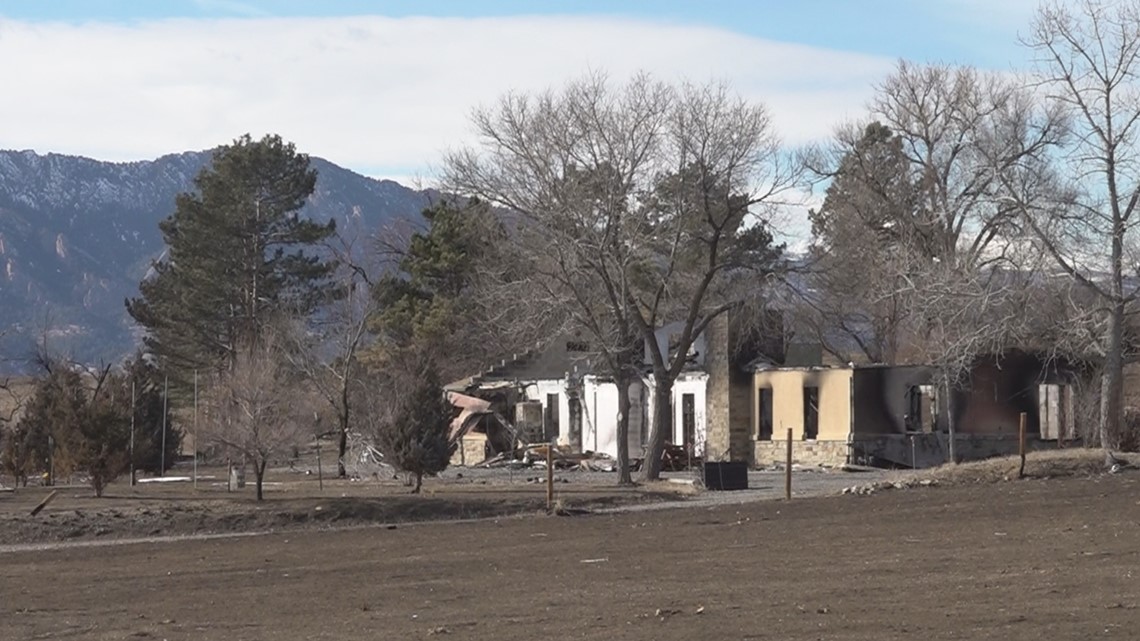
Scorched Earth
12 News, along with sister stations across Western states, set out to understand the dire conditions Arizona and other states face as drought and wildfire continue to rage.

